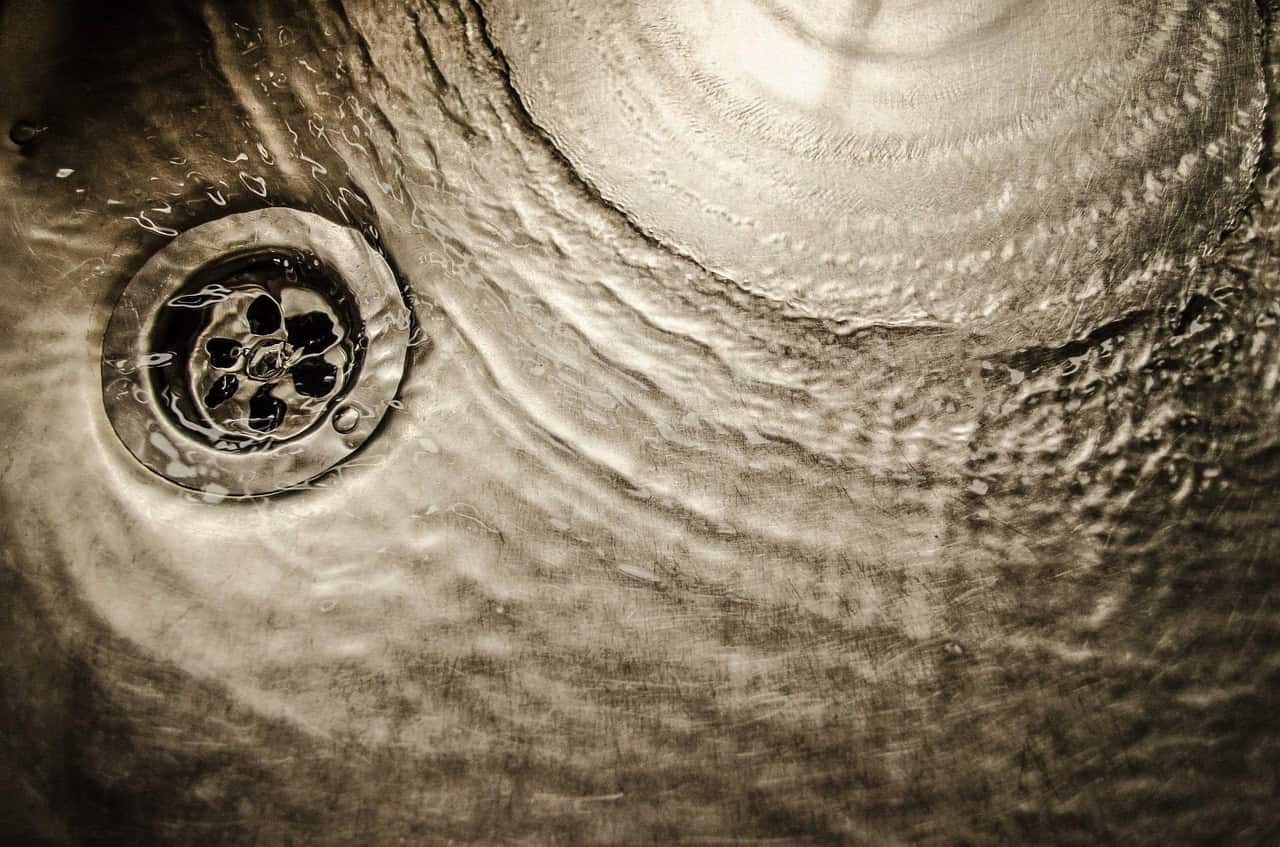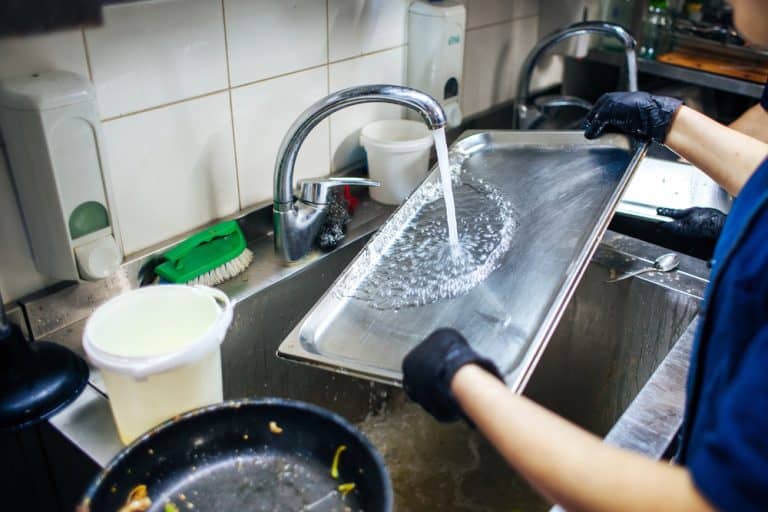Every home relies on its plumbing system to efficiently dispose of wastewater. However, sometimes, the sewer line can experience problems that need to be addressed immediately. Leaking sewer lines can cause damage to your property and lead to costly repairs. Detecting and addressing sewer line leaks early will help save you money and prevent more …
How to Detect and Repair Leaks in Your Sewer Line System

Every home relies on its plumbing system to efficiently dispose of wastewater. However, sometimes, the sewer line can experience problems that need to be addressed immediately.
Leaking sewer lines can cause damage to your property and lead to costly repairs. Detecting and addressing sewer line leaks early will help save you money and prevent more severe problems like sewage backups. If you’re dealing with persistent sewer line issues, it’s best to have a professional inspect the problem. A skilled plumber Temecula service can diagnose leaks, clear blockages, and ensure your plumbing system functions properly.
Water Pressure Issues
The most obvious symptom of a sewer line leak is the sudden loss of water pressure when using household fixtures. This is often due to a clogged drain line, but it can also indicate a more serious problem with the sewer pipe itself. Regardless of the reason, it’s important to contact a plumber as soon as possible to minimize the damage and avoid costly repairs.
While a clogged kitchen or bathroom drain can cause unpleasant odors from trapped remnants, a lingering sewage smell is usually a sign of a more serious issue. This could indicate a broken pipe, a septic tank leak, or even a sewer gas leak. Since these are all extremely hazardous to your health, it’s best to let a professional handle the problem.
Wet or Soggy Patches in the Yard
Sewer pipes often run underneath lawns, where they’re hidden from view. If you notice wet spots or puddles in your yard, especially when it hasn’t rained recently, this may indicate a sewer line leak. This is a particularly dangerous problem, as it can lead to bacterial growth, moisture issues, and even structural problems in your home.
A water meter is a great way to check for a sewer leak, as it can help you identify the source of the problem. When all of the taps in your house are turned off, and no appliances are running, the water meter should read zero. If it continues to move, this indicates that wastewater is being pumped out of your home through the sewer system, and there’s likely a leak somewhere along the line.
There are several ways to test for a sewer leak, including adding dye to the toilet tank and waiting; color in the bowl indicates a leak; sealing off the system, then pressurizing it with air or water; and injecting non-toxic smoke into the system to see if it shows up on camera. However, it’s important to note that a leak in your sewer line isn’t always easily identifiable, so it’s still wise to have a professional inspect your system periodically.
Odors
Your home’s plumbing system is a complicated maze of pipes and lines. It can be hard to notice when something is wrong, but if you know what to look for, it’s possible to identify the signs of sewer line problems before they get out of hand.
One of the most common indicators of a leak in your sewer line is a foul smell. This odor is caused by the waste that’s left behind in your drains when there’s a problem with your sewer line. If you’re noticing a strong, foul odor that doesn’t go away, you may have a leak in your sewer line.
Another sign of a sewer leak is moisture in your basement or other parts of the house. This can lead to mold and mildew, which are both very hazardous to your health. If you’re noticing these signs, it’s important to contact a professional as soon as possible.
If you’re noticing that your yard isn’t as green and lush as it used to be, this could be a sign of a leak in your sewer pipe. The leaking sewage can contaminate the groundwater and cause damage to your yard. Additionally, it can attract rodents and other unwelcome visitors to your home.
Leaking sewer lines can also cause problems for your property value. If you’re looking to sell your home, potential buyers will be turned off by the foul odor and moisture in the basement. However, if you catch the leak early, you can prevent the situation from getting worse and save money on repairs.
There are several tests that can be performed to detect leaks in your sewer line. One simple way is to add dye to your toilet tank and wait for it to appear in the bowl. You can also turn off all the faucets in your home, check the water meter reading, and then wait for it to change. If the water meter reads higher than it did before, you have a leak in your sewer line. To perform a more comprehensive test, you can seal off your sewer system and inject non-toxic smoke into it. This will help you find the source of the leak in your sewer pipe.
Slow Drains

When multiple drains in your home begin to slow down or become clogged simultaneously, this is an immediate red flag that indicates a sewer line blockage. Most clogs result from the accumulation of soap scum, hair, grease, and other foreign materials that find their way into your plumbing system. While some clogs are easily resolved using conventional DIY methods like straightening a conventional wire hanger into a hook and inserting it into the drain cover to break up any obstructions, these efforts might not be effective for severe blockages.
If the clog extends deeper into your plumbing system, you’ll need to call in professional assistance. In these cases, a professional plumber can use more advanced tools to clear the clog and determine whether your sewer line is in need of repair.
Sewer leaks are often hard to detect because the water that seeps through them is not visible from the surface of your property. However, if you notice damp spots on your walls or flooring, this is a telltale sign that there’s a leak in your sewer line.
Leaking from your sewer lines can also affect the integrity of your foundation, which could lead to structural damage and expensive repairs down the road. If you’re noticing any of these signs, it’s time to call Grande Aire Services for professional inspection.
A clogged or blocked sewer line is not just an inconvenience — it’s a serious threat to the health, hygiene, and safety of your household. By recognizing the key indicators of a potential sewer line problem, you can take quick action to avoid costly disasters.
Water Meter Readings
Your water meter works like an odometer, recording the cumulative volume of water that passes through it. Your meter also serves as a record of the amount of water that you have used, helping WUM to identify possible leaks in your home. You can verify the accuracy of your meter by reading it yourself once per month. The reading should be taken after all faucets, showers and appliances are turned off. If the meter reading does not change, it is accurate. However, if it reads higher than the previous reading, it may be an indication that your sewer line has a leak or clog.
If you notice signs of a leak in your sewer line system, it is important to take the necessary steps to detect and repair it as quickly as possible. Leaks can cause significant damage if left unaddressed, including water seepage that can damage your foundation and the plumbing systems in your home. Leaks can also lead to rodent and insect infestations.
A professional can conduct a hydrostatic test to determine the state of your sewer line. After assessing the damage, they can recommend solutions that range from minor repairs to complete sewer line replacements.
It is crucial to make sure that you have the right equipment and are adequately prepared before starting any work on your sewer line. Invest in protective gear such as gloves, safety glasses and a dust mask to ensure your safety. Also, be sure to clear out the area around the leaking pipe before beginning any work.
If you have a round-reading meter, use the dials to figure out the total usage since your last reading. The last three digits are dark and the digits to the left of those are white. Most meters automatically drop the last insignificant numbers, saving you the effort of counting them yourself. Alternatively, you can check your meter by turning off all taps indoors and outdoors (including sprinklers) and observing the large sweep hand for movement over two to four hours. If the hand moves, it indicates that there is a leak in the line somewhere. Additional tests such as dye and smoke testing can help pinpoint the location of the leak or blockage.









